“A stitch in time saves nine” – as the proverb goes a perfectly aligned headlight can save you from a number of filed tickets in local authorities. I am not only talking about the visual money penalties but also about the risk of possible accidents which may take place if your headlights are not properly adjusted. And I am damn sure, your road mate drivers also are not going to behave in the honey tasted language.
Adjusting the headlights doesn’t always call for professional hands. Rather it is a pretty simple DIY project which can be accomplished within just a few minutes if you know the few nuts and bolts of LED headlight adjustment. If you are a complete newbie, actually there is nothing to worry about; this is not rocket science at all.
In the next few steps, I will guide you through the entire steps of headlight adjustment. It is so simple that once after going through the whole context, you will also say, ah! That simple it is! Just hang on with me.
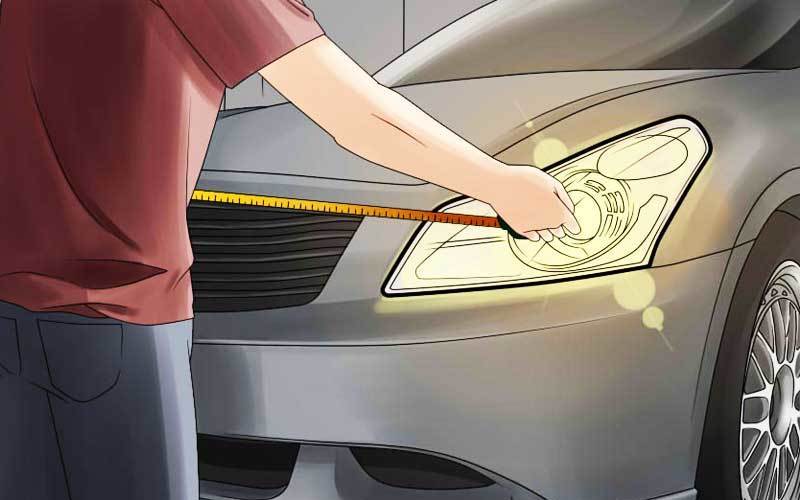
Before proceeding, we need a few numbers of required equipment. These are:
- A measuring tape to measure the distance.
- Marker/Chalk and tape to define x and y-axis.
- The screwdriver to adjust your headlight hotspot.
After you have these types of equipment ready, we need to make sure a few things are considered as must-do’s. Let’s check them out:
1. Remove any goods, weights from your vehicle:
We want to adjust the headlight beam in the right place where it ought to be. But if your vehicle is containing goods or any extra weight the headlight beams will be much lower than the typical position where it should be. To get rid of this, you need to make sure your car or Chevy truck is not loaded with any extra weight.
2. The air pressure of all the tires is the same:
You need to make sure that every tire is containing the same amount of air. If the air pressure of different tires is not the same you will face troubles in headlight aiming. So take care of this also. If the air pressure of tires isn’t the same, you can use an air compressor for tires to adjusting the air pressure level.
3. A plane surface to drive your car forward or backward:
To adjust the headlights properly should be at a normal driving height. I am telling you about this because very often we do a mistake and aim the headlights without removing lift kits added to the vehicle. So, paying a little bit of attention to this will save your re-adjusting time on your go.
4. Your vehicle is in a stable condition:
After you have made sure of the other things, now it is time to ensure your vehicle’s stable condition. Grab the front side of your vehicle which we call bumper or radiator support, bounce it up and down a couple of times, and after that let the expansion get stable within a few seconds.
Understanding Hot-Spot:
Hotspot defines the brightest part of your headlight. When you turn on the headlight you will notice a specific area of the beam is the brightest than the other lighted areas and that is called the hotspot.
Our Goal:
Our ultimate goal is to aim the hotspot at the intersection point of the X and Y axis. Don’t worry; in the next few steps, I will let you know how to define the X and Y axis perfectly. Let’s, get started.
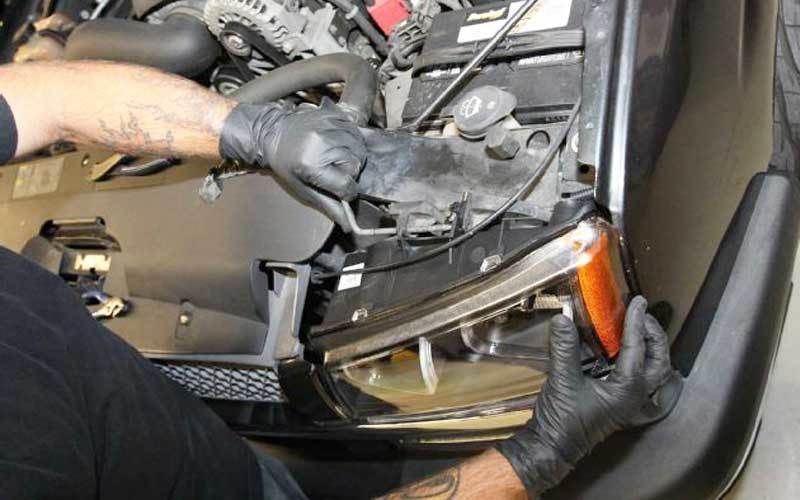
Headlight Adjusting Core Guidelines:
1. Select Most Suitable Place
First of all, what you need to do is selecting a proper place for your headlight adjustment. In daylight the headlight adjusting is troublesome. No need to answer why you know this better. You can do this inside the garage where the direct sunshine doesn’t enter or can do this at night. Just make sure the surrounding is dark enough to expose the brightness of your headlights. You can either use a wooden board or a smooth wall to cast the beam of headlights.
2. Park Your Car
Park your car in front of the wall as close as possible. And make sure you have 25 feet of backspace from the wall.
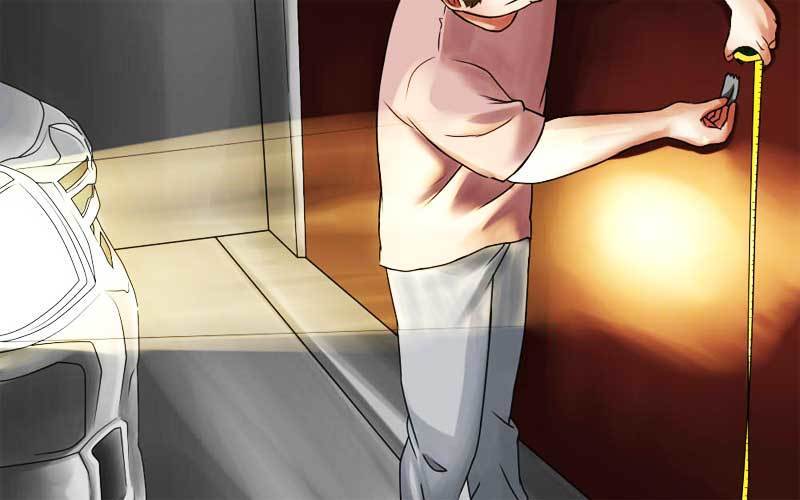
3. Create and Extend Y Axis:
Mark the center point of the headlight with a marker. This simple trick makes the measuring procedure much easier. Take the measurement of height, I mean the distance between the center point of the headlight and the ground. Mark the whole height on the wall with a marker at a 90-degree angle and extend it vertically. This will create the X-axis.
Here an important note for your concern, don’t forget this mark first point of the wall a bit darker so that you can easily recognize this point later from the whole vertically marked line.
I prefer using a wide-edged tape right after marking the height with the marker. A wide edged tape provides a much more visual perfection rather than just depending on the marker.
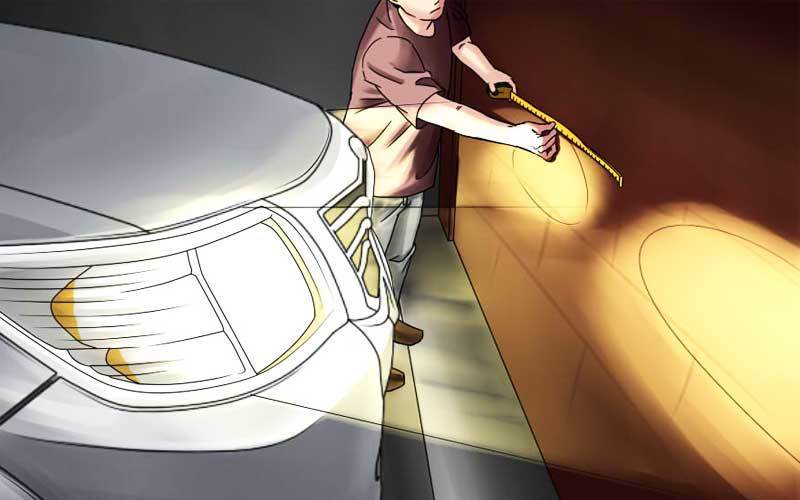
4. Creating X-Axis:
Now, just 4 inches below the marked center of the vertically extended line, draw a 180-degree horizontal line. You can use a bubble water level for more perfection. Then place the tape a bit upper of the horizontal line, so that edge of the tape and the horizontally marked line meet with one another. This will create your X-Axis.
Now we have got both, the X-Axis and Y-Axis, And their intersection point.
5. Reverse Back 25 Feet
Now reverse your car 25 feet back from the wall. To measure the distance perfectly, mark a point on the wall maintaining a straight line from your car’s nose. Drive the car back and measure the distance properly with a measuring tape.
6. Align the Hotspot:
Now it is the final stage. You will find two screws in the bumper allowing the headlight assembly to move vertically and horizontally. Move those screws clockwise and counterclockwise unless and until the hotspot meets the intersection point of the X and Y axis.
This process of headlight adjustment is universal. You can follow this method in almost any car or Chevy truck, both in the driver-side headlight as well as in the passenger-side headlight.
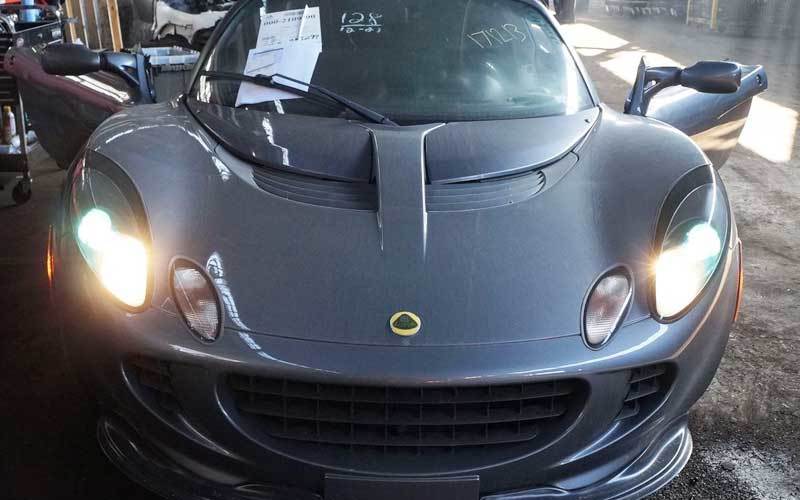
How to Adjust Headlights on Chevy Trucks
In the following video, we showed the whole process. take a look:
Special Treatment of Passenger Side Headlight:
To provide you with extra comfort in the night driving, you can re-adjust the passenger side headlight. Your aim is to adjust the headlight as high as possible without blinding upcoming traffic. You can simply, adjust the passenger site headlight a bit higher than the driver side headlight.
The complete procedure of adjusting the passenger side headlight remains the same except for the X axis placement. Previously, we created X axis in 4-inch bellow of the marked center of the line which has been extended vertically for the driver side headlight.
But, in the case of the passenger side headlight, we will draw the horizontal line just 2 inches below of the marked center. Then create the X-axis, by placing a tape just like before. For better accuracy, use bubble water level and place the tape in such a way so that the tape does not hide the line, rather the edge of tape meets the marker’s line instead. This is a super precise way of measurement.
Now, you have got both the X axis and Y axis and their intersection point for the passenger side headlight as well. The rest procedure remains the same as the driver side headlight. Simply, move the responsive screws clockwise and counter-clockwise to adjust the headlight assembly until the hotspot meets the intersection point of the X and Y axis.
Being the passenger side headlight 2 inches higher the driver will have better comfort and ease while driving, without blinding the upcoming traffics.
Conclusion:
Actually, you can use this method in the tricks of the trade form without fetching any citation in the local inspection. Hit me up by commenting below, we will be happy to assist you if you have any questions or confusion. Your feedback is highly appreciated. That’s all for today, see you again.

